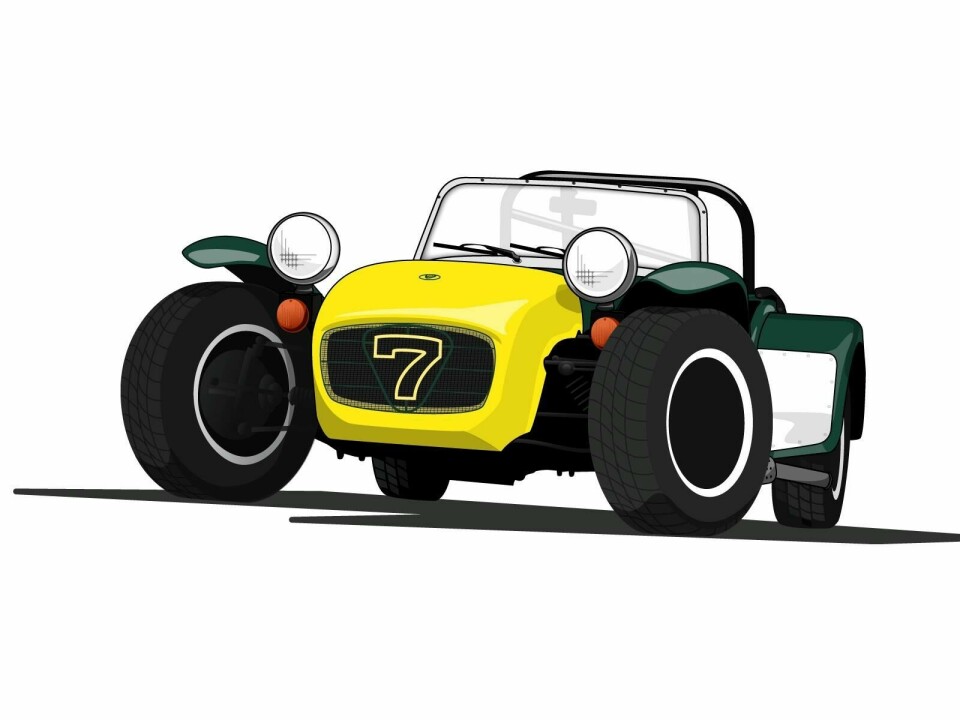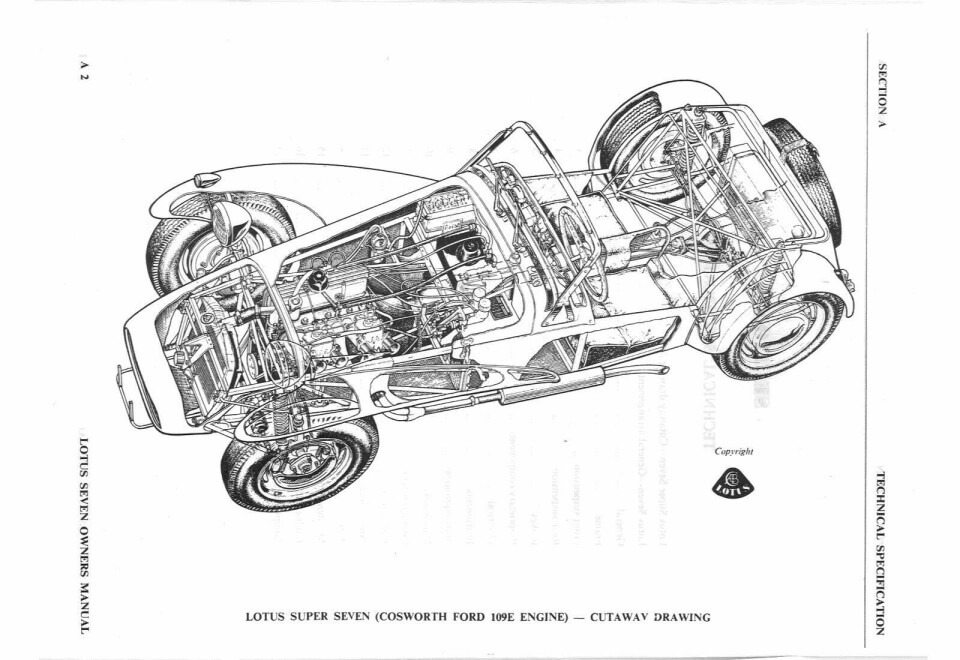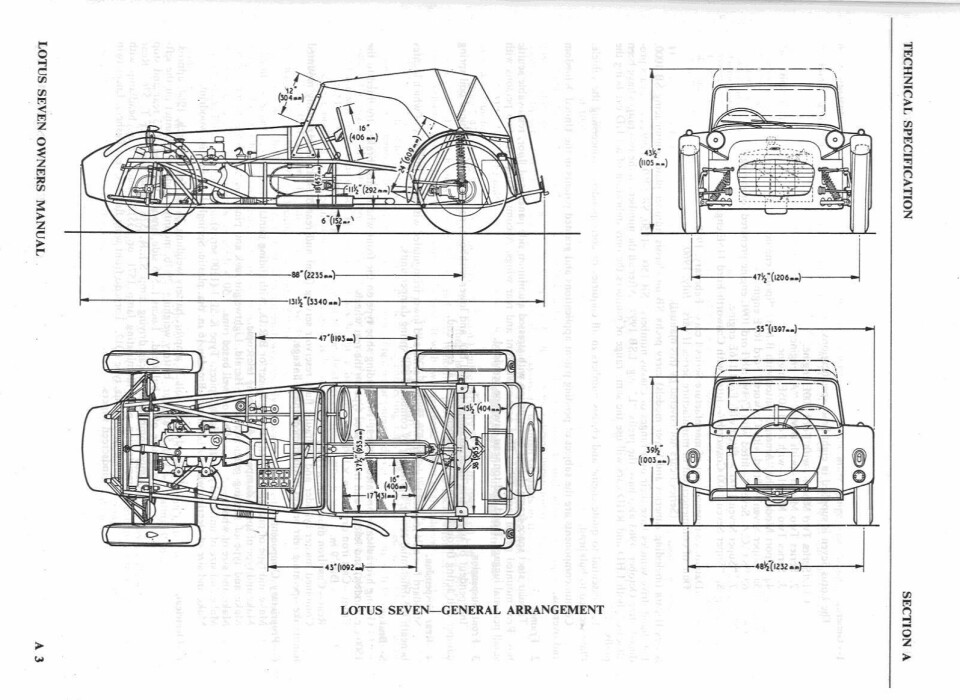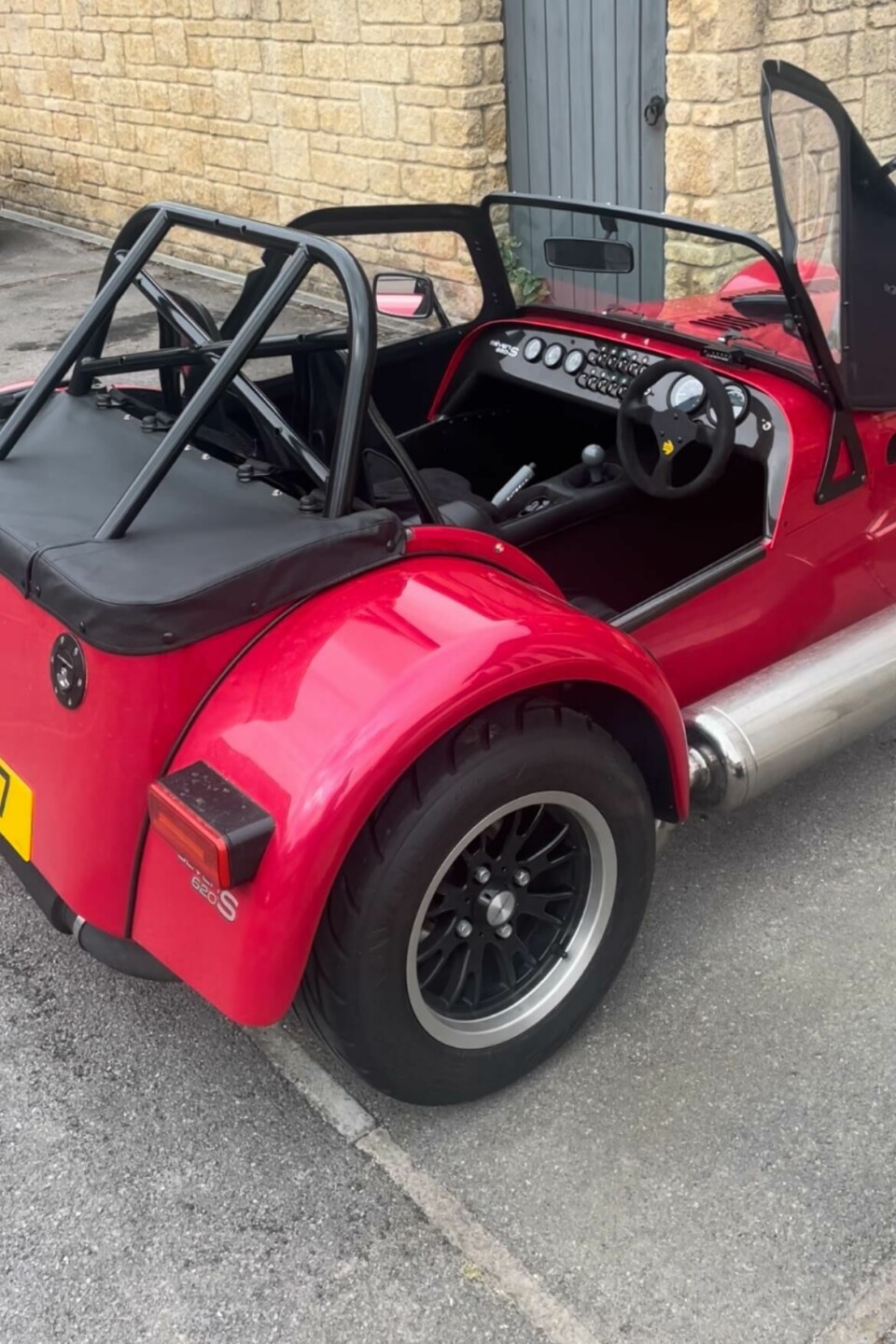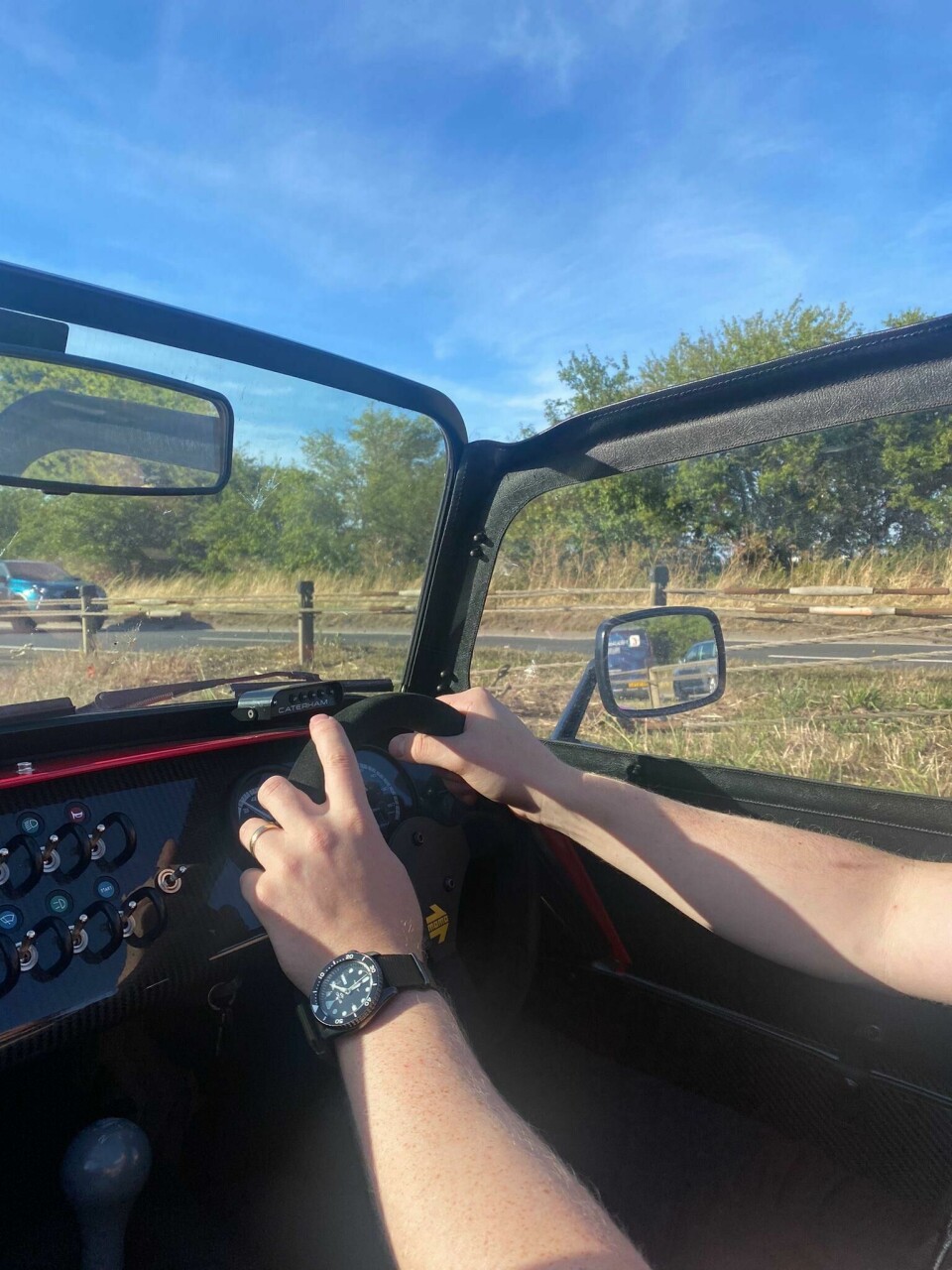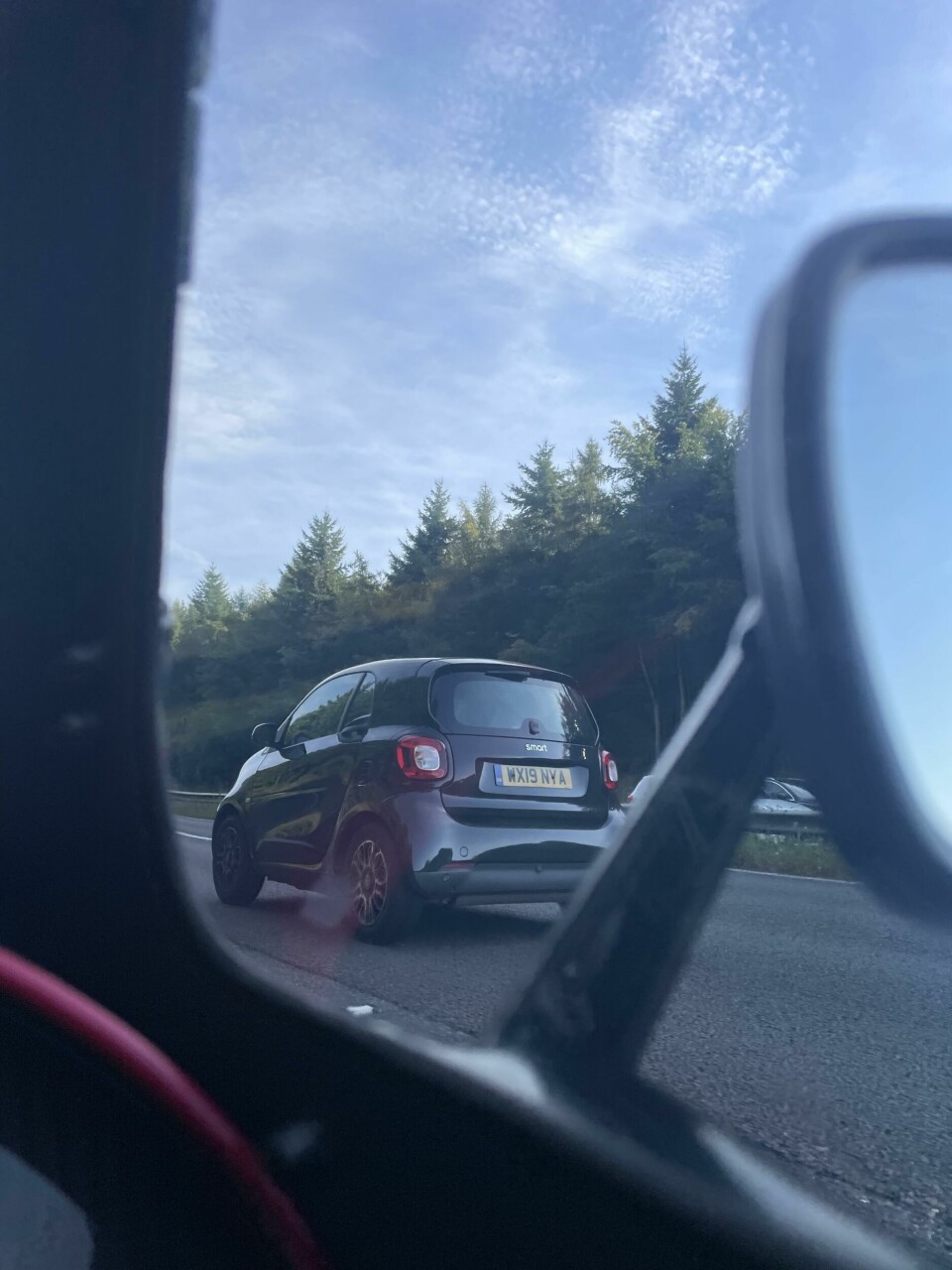Design driven
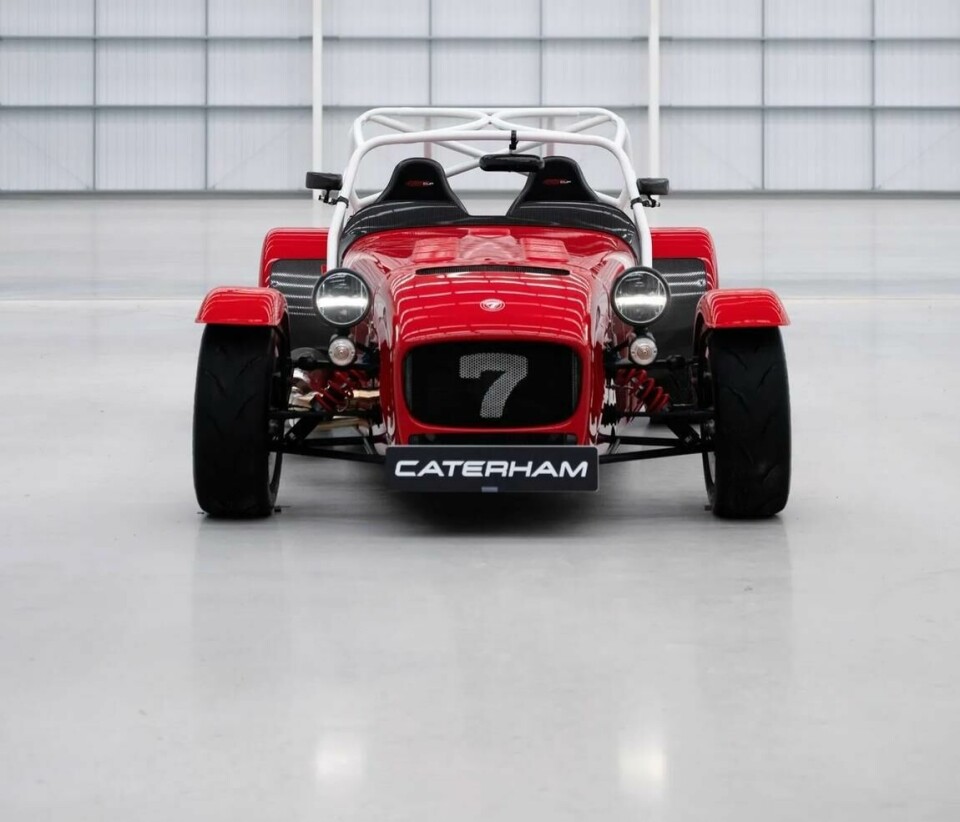
Caterham 620S: timeless car design and form following function
Following an earlier experience with the entry-level Super 600, Car Design News gets to know the raucous and hands-on Caterham Seven 620S. It surprised not only with its performance, but also the user experience
“Did you build that yourself,” the van driver asked while sitting in traffic, a question of genuine interest. “No, it’s brand new,” I said, shirking the implication that I was the owner. “Oh,” he replied, seemingly disappointed, before quickly regaining interest. “Is it fast? Looks like a license loser. What does it handle like? Sounds great. Oh – green light… Anyway, nice car!”
If you’re considering a Caterham Seven, expect similar conversations to play out daily.
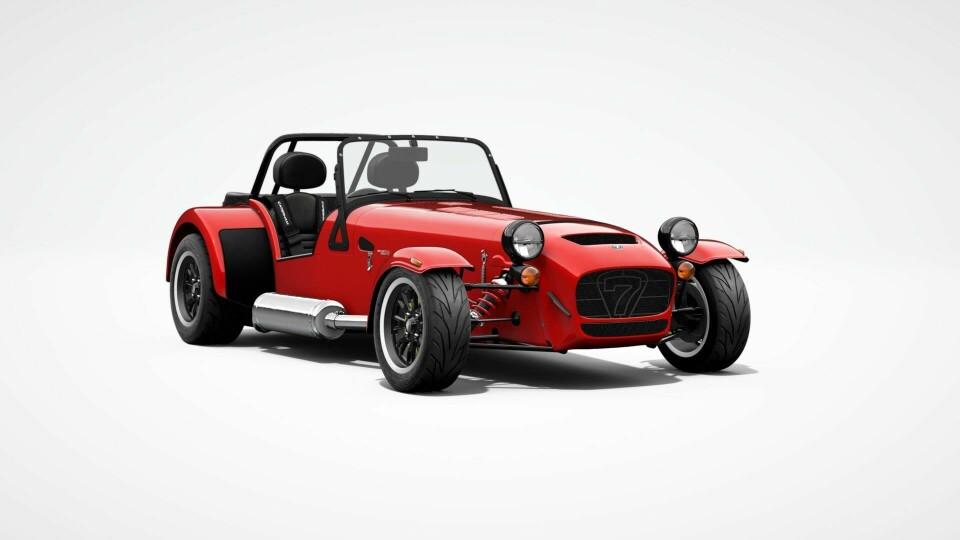
Enduring design
The Seven is instantly recognisable thanks to a design that has deviated very little since the original Lotus Seven in 1957. There are stocky rear arches, a super long bonnet and stubby tail – you effectively sit on the exhaust tip – with visible suspension arms at the front and a roll cage at the back.
Two beady headlamps soften what could be quite an otherwise aggressive exterior. A Donkervoort, which is similar on paper, is far more menacing. The Caterham is positively affable – in human form it would suit the name Len.
Indeed, the brand has stuck to its roots longer than most, only recently exploring the realms of electric vehicles and a new 2+1 coupe layout. The Caterham of today is the Caterham of old, and that’s part of the appeal for buyers – which range from 20 somethings to those who drive to and from a place of assisted living.
Unlike the G-Wagon, Defender and Porsche 911 – icons in their own right – the Seven is designed for longevity and has not been updated to keep up with times. It is steadfastly committed to its original DNA. Almost wilfully so.
It is also a comment on how form follows function: the Seven looks nimble and fun to drive because it is. There are no frills or decorations, and the only modern aesthetic tweaks are LED daytime running lights. Even those have been tastefully done.
A UX story
Powertrain aside, there are many similarities to our fearless editor’s experience with the low-powered Caterham Seven Super 600 (read his review here). This is a story of UX in the truest sense, beyond flapping with a touchscreen or voice control. There is a certain joy in securing the roof with little snap-on fasteners. Removing the steering wheel to squeeze yourself in. Flinging open the ‘butterfly’ door to get out and clicking switches that perform very specific tasks.
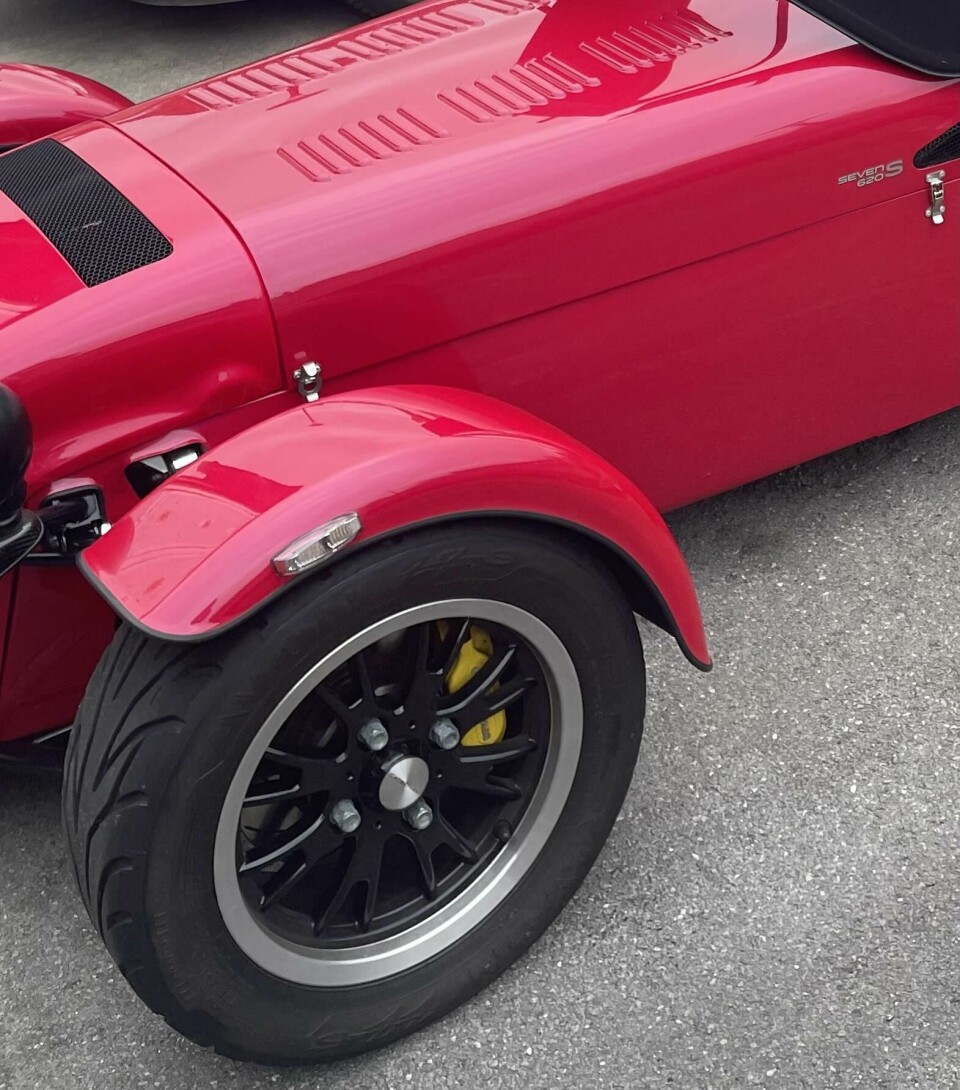
Not every element of the UX was good, but still managed to come across as well-meaning and playful – like a beloved dog that slobbers on your leg. The little windshield wipers seemed to get stuck occasionally, and the pedal box is so compact you must tilt your foot to avoid hitting the throttle when you brake. I would be lying if I said this was endearing. Rear-view mirrors feel largely decorative as the glass vibrates at such a rate that traffic behind smears into a work of abstract art. A glance over each shoulder is more useful.
The driving position is surprisingly comfortable and, despite sitting practically at eye level with a chihuahua, you soon adapt to traffic towering alongside. The suede trim on the steering wheel and seats softens (literally) what could otherwise be quite a harsh environment. There are no cupholders or radio, so wireless earbuds and bottled drinks become your friend. Driving in the rain creates a tropical microclimate, with heat flowing through from the engine and the burning hot exhaust next to your elbow.
A visceral experience
Unlike the turbo chicken that “tweeted, clucked and wheezed” under James McLachlan’s stewardship, the 620S is raucous with pops and burbles you’d expect from a tuned Ford Focus RS.
Hit the right pedal for long enough and a piercing supercharger whine adds to the concert. There is not enough space for a turbocharger, we were told, and the turbo lag would make it tail happy but not in a good way. We found the supercharger to deliver power in a very linear fashion and, for the most part, was quite predictable.
The main surge in grunt comes later in the rev range, at which point the world around you ceases to exist and time itself becomes distorted… Or something. It was so quick that the driver’s seat ironed out my millennial neck hump. Very rarely does one need to step on the throttle to get going – it feels similar to a big, torquey V8 that skips to 70mph (and beyond) without fuss.
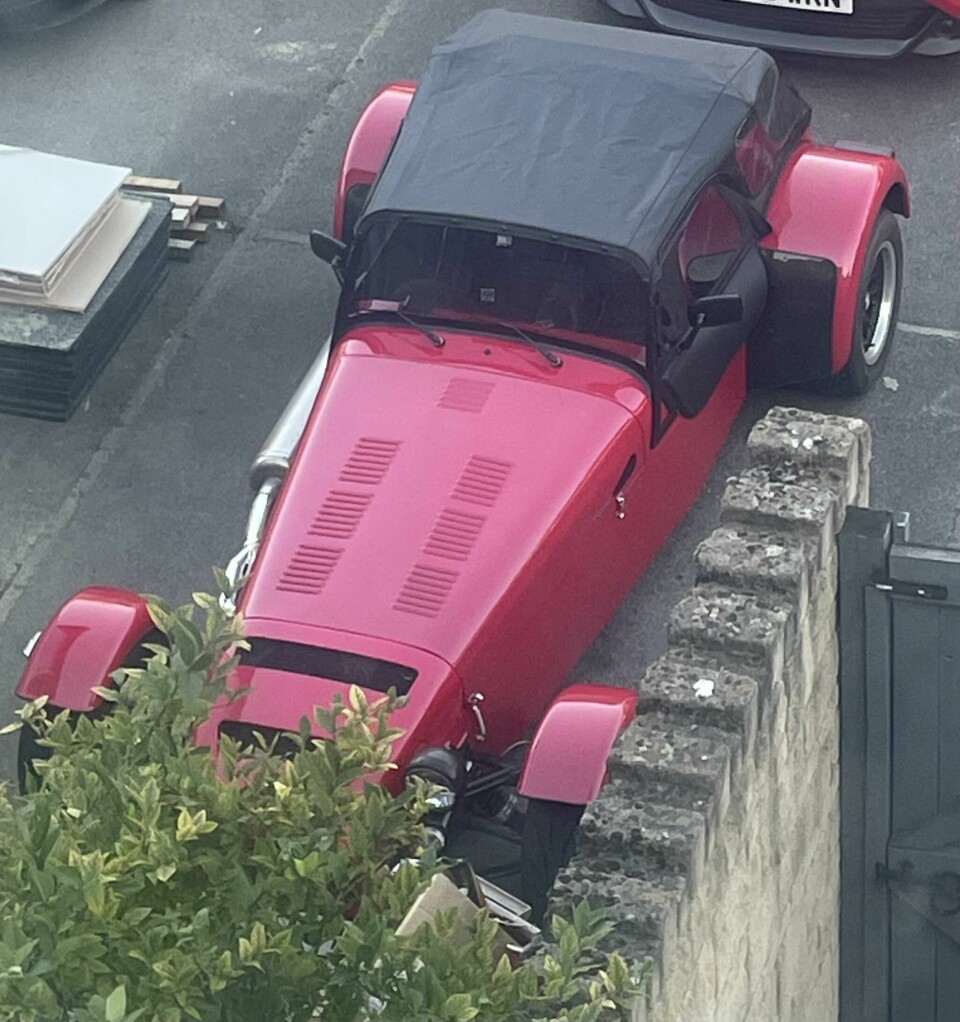
Functional CMF
Our car came in a shade of red that channeled my 1997 Peugeot 306, which had faded to a curious pink. Paired with split rims and bare carbon-fibre seemingly wherever possible and it is quite the combination.
It feels like there is a bigger space for ‘functional CMF’ where colour and materials are chosen for practical reasons. In this case, a bright colour makes the car more visible. The carbon-fibre looks cool, but it is there only because it is strong and light. The suede steering wheel is soft to the touch, but only to help you cling on during tight corners.
Overall, the Seven should be admired. Few modern cars provide a driving experience like this and it underlines the fundamentals of an engaging user experience – traits that make car and driver form a bond. It also raises an existential question: is the industry too eager to refresh models that are just fine? Perhaps.
